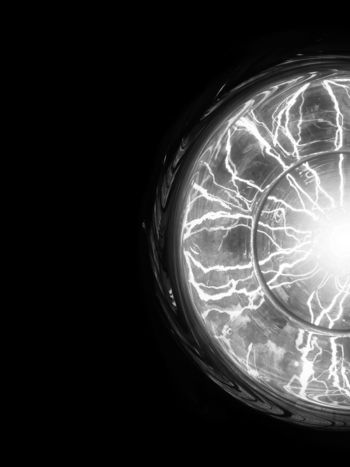Substation servicing and supervision using mobile devices and smart sensing
The main guiding thoughts for the working group work and for the technical brochure are based on two main aspects: First, how to contribute and support the ever-increasing demands of keeping grids operational, improve servicing and supervision work in substations, allow better asset management and effectively respond to life extension demands for substations. Second, how can the rapidly advancing modern sensing and mobile device technologies, microelectronics, data analysis and processing, artificial intelligence and communication be used in substation servicing and supervision activities and positively change and improve substation supervision and servicing work practices.
Convenor
(DE)
N. FANTANA
Secretary
(PL)
K. LOWCZOWSKI
P. MYRDA (USA), R. JAVORA (CZ), F. GEGOT (FR), P. BRUN (FR), J. CARPENTER (IRE), J. BEAUDRY (CA), N. KAISER (DE), H. YUSA (JP), M. IWATA(JP), J. MATHEY(FR), K. TSUBOI (JP)
Servicing and condition monitoring of substations is of major importance for utilities, the main aim being to reduce over lifetime costs and improve the operation capabilities of the substations.
In the Technical Brochure new possibilities are presented for improving substation servicing and supervision activities using smart mobile devices and smart and sensing. The present status of technologies and applications is considered, examples of use-cases for near and mid-term use are outlined and guidance on how to holistically analyze such use-cases for proper integration in an existing utility and available technological environment are given. An overview of future expected use of smart sensing and mobile devices for substation supervision and work, is presented in Figure 1.
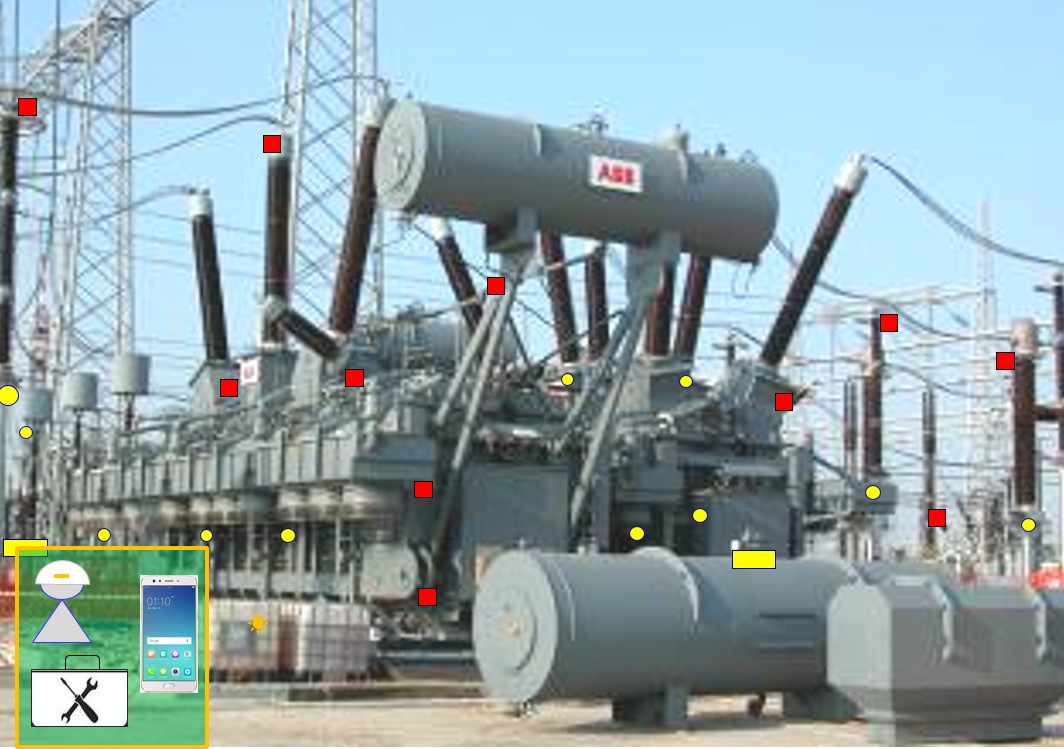
Figure 1 - Overview of the future expected use of smart sensing and mobile devices and software tools for work in substation
The colored items in the figure suggest smart mobile sensing devices, either fix installation or temporarily attached for measurement while the worker with a mobile smart device and a “toolbox” with software application and hardware devices, is supported while working on site.
Scope/ Vision/ Methodology
The work started from collecting and structuring information on technologies and applications usable for servicing and supervision of substations, from needs and known future plans in utilities, known pilots or implementations, talks with experts, from a world-wide survey done by the WG and from publications. However, the WG added their own ideas and contributions for a set of applicable example use-cases and guiding recommendations for practical approaches.
Description of the TB
The TB is divided into four main sections and an appendix, as follows:
- Section 1 - Substation servicing and supervision in the view of evolving and modern technologies
- Section 2 - Status of technologies and applications for substation servicing and supervision
- Section 3 - Use case for servicing and supervision in substations using sensing and mobile technologies
- Section 4 - Guidance for analysis, evaluation and integration for mobile supervision and sensing applications
- Conclusion
- Appendix - Presentation of survey results with WG comments.
The content of the Technical Brochure is briefly described below:
Section 1 – positioning the work
The first section presents the goals and motivations as well as the actuality of the work. The substation supervision and servicing applications are positioned in the context of three main related ongoing big changes: the evolution of microelectronics and the ubiquitous internet of things (IoT) technologies, the evolution of data analysis and intelligent processing and the continuing evolution of substations, substation management concepts and substation equipment for smart grids. This section also presents the WG-expected development in substations, in order to provide direction and better understanding where all the new smart sensing and information and communication technologies (ICT) are impacting substation activities. In order to distinguish the level of smart technology maturity at various substations, or countries, or owners, levels of substation automation and autonomy have been defined. These autonomy levels could be used for initial discussions on particular smart sensing or installations evaluation or decision making on technologies to be deployed, because depending on substation autonomy level the user wants to achieve, a selection of particular smart devices/functionalities or even the technologies to be used, should be done. Therefore, the first section shows the main directions and sets the aim for discussions in further sections.
Section 2 - status
The second section gives an overview of the status of technologies and applications usable for substation servicing and supervision, as of the time of writing, but points to rapidly developing technologies and possible upcoming applications. Starting form practical substation needs, potential benefits and requirements a set of areas have been scrutinized:
- the sensing technologies usable for substation supervision,
- the needed communication and data aspects as well as data analysis and processing,
- smart mobile and wearable devices suitable for substation servicing and supervision,
- categories of supervision and sensing applications and cases.
The identified application categories for present and future substation supervision and servicing work are: 1) applications for smart field work assistance in substations such as for inspection, for navigation, for support during work or inspection and for real time analysis and reporting, 2) applications for smart training, 3) applications to staff safety and health, 4)applications dedicated to smart maintenance and asset management support. In practice all applications advanced supporting devices and technologies such as wireless sensor networks, augmented reality (AR) or virtual reality (VR) can be used.
Section 3 – use cases
The third section presents use cases for substation servicing and supervision using mobile devices, new wireless sensors and arrangements and work sequences. All these are made possible or improved by the new sensing, mobile technologies, fast communications and data processing and storage. This section presents way to systematically approach, present and document use cases for servicing and supervision of substations.
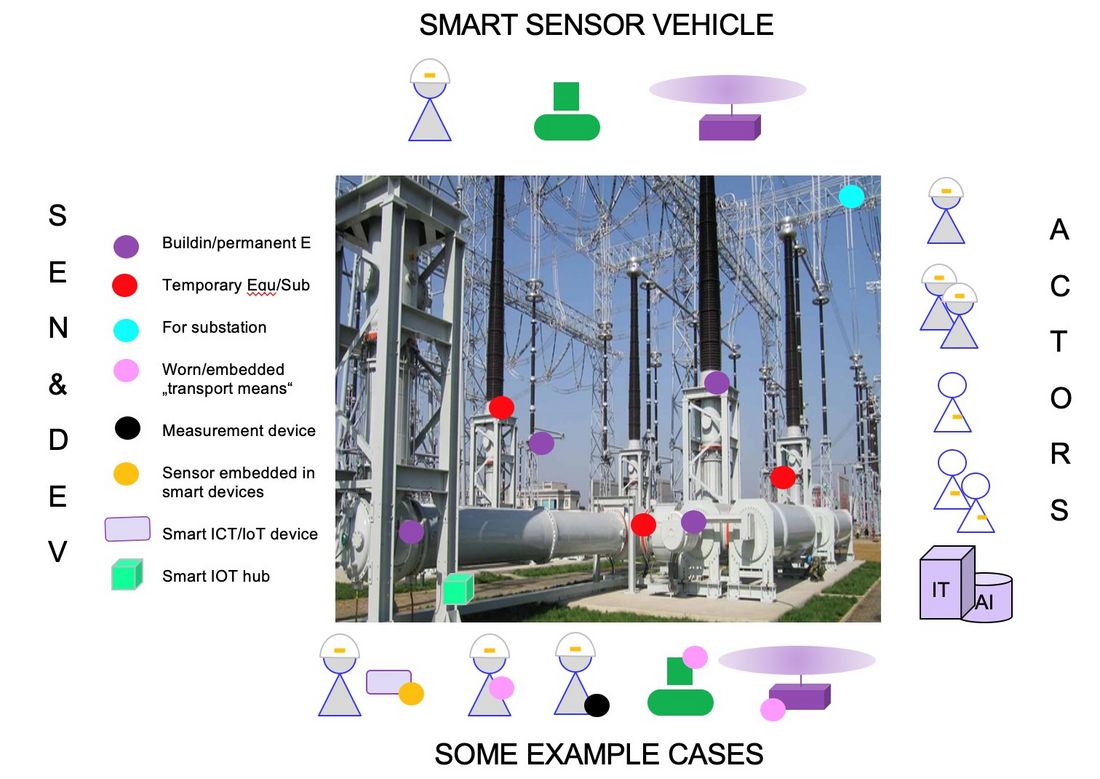
Figure 2 - A generic use-case description usable for servicing and supervision with smart sensing and mobile devices
The key requirements such as for information at the right time, to the right people considering the access rights, for proper user interfaces and devices for use in the field and for communication channels and IT support have been outlined too. After presenting a generic use case, Figure 2, which gives an overview of multiple possibilities of smart supervision and sensing, a set of use cases have been presented. The use-cases have been selected such that they can be implemented based on known technologies in short term or mid-term, in order to exemplify and to stimulate the increased introduction of such applications in the power electric industry.
One of the cases deals with modern inspection in substation and the possibilities to get more, rich, accurate and near-time information, systematically and with less effort using modern tablet or smartphone and its embedded sensors. Other cases are related to maintenance and commissioning, diagnostic support on site, safety access and safe operation as well as a case targeting thermal supervision of some specific parts such as high current joints, or semi-autonomous large area thermal inspection, Figure 3.

Figure 3 - Example use cases: inspection, joint temperature supervision, semi-autonomous large area thermal inspection
The description of use cases from this section is presenting a systematical overview picture to describe the case, a tabular outlay of technical features and pros and cons and a flow chart, Figure 4.
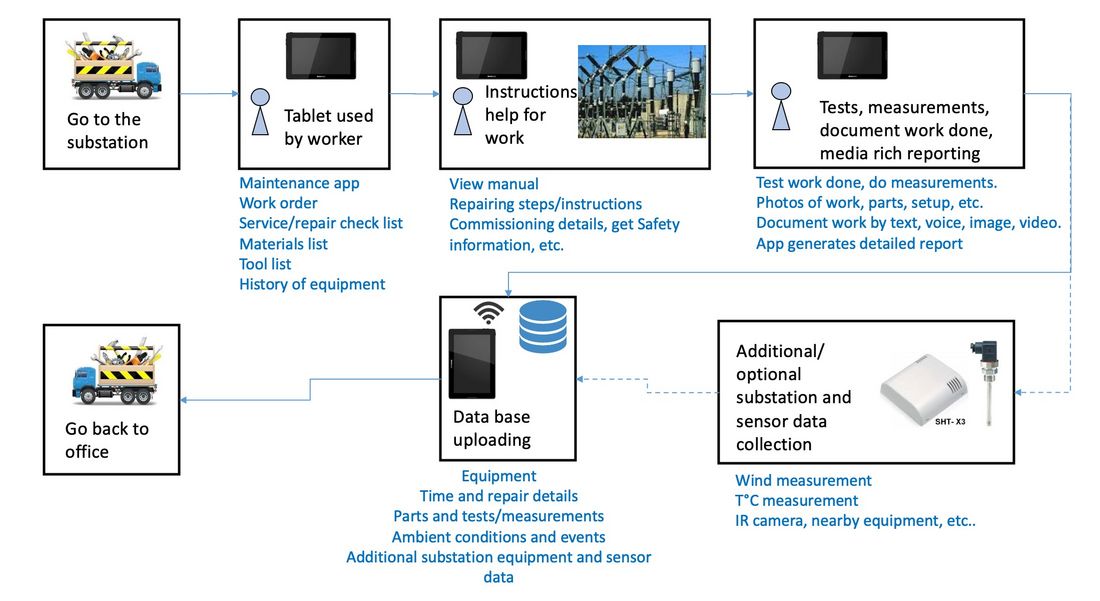
Figure 4 - Flow chart for describing a process and steps for a use-case
Section 4 – guidance for analysis evaluation and integration
The final section of this Technical Brochure provides guidance, recommendations and basic examples on how to evaluate an application for a use-case using smart sensor and mobile devices for supervision and servicing activities in substations. The analysis and evaluation need to take a wholistic view, covering all major aspects in terms of technologies and devices, economic aspects including maintaining and updating such devices and applications in operation, environmental and social aspects and aspects related to integration with existing utility systems and practices. Also important is the evaluation of the cost and benefits, the impact of these new technologies on work practices, impact on personnel, for example acceptance, skills needed, the changes in the way personnel interact while working in a substation, and to judge a possible evolution of these aspects in future near-term or mid-term practical use cases. The goal of this recommendations and guidelines is to help to consider all relevant aspects, some not so obvious from the start, the changes and maintenance aspects needed over time, the human related aspects, i.e. to help in reaching a better decision and for the selection of a proper alternative.
The international survey
An international survey has been also performed regarding the utilization of smart and mobile devices and views and outlook on this topic in utilities, ongoing or planned projects or implementations, existing experience and lessons learned. The results are presented in an appendix as-received still providing some short comments for each question, reflecting the views of the Working Group on the question and related topic or to the answers from world-wide respondents.
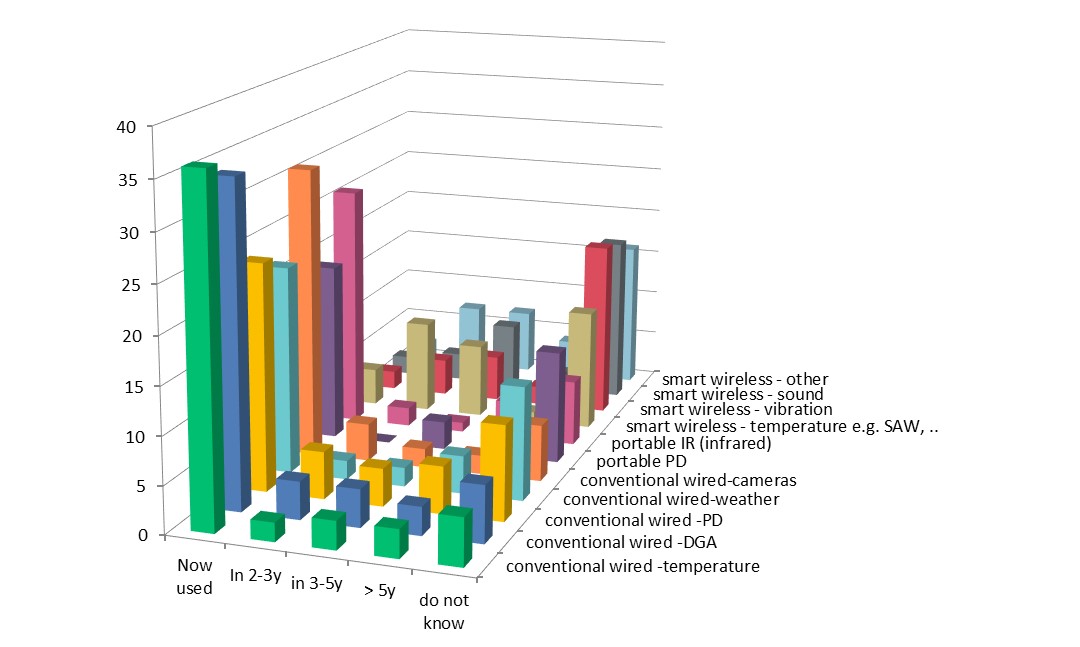
Figure 5 - Use of conventional and smart sensor present situation and expected near term (survey)
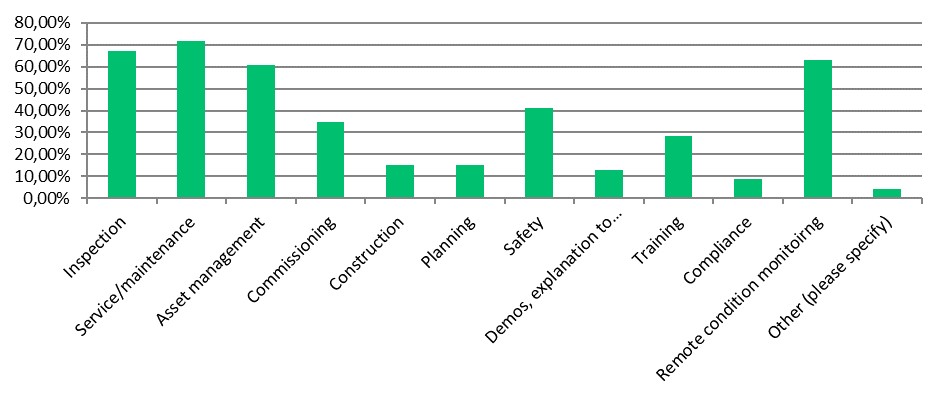
Figure 6 - Areas where smart wireless sensors and smart mobile devices are used or intended to be used in utilities
In Figure 5 and Figure 6 show survey responses related to the present use or intended future use of smart sensors and smart mobile devices in utilities.
Conclusion
The technology advances in smart sensors and mobile devices, microelectronics, internet of things, and communication technologies are offering a good possibility to rethink or find new ways to perform substation servicing and supervision activities.
The technical brochure started from the technology evolutions we presently face and the needs in utility enterprises. We investigated the status of sensing and mobile technologies and applications which can best respond to the needs of substation servicing and supervision such that to improve efficiency, safety and open new ways to perform such substation activities. We have pointed towards presently usable and to upcoming promising technologies, capable to enable and improve the smart mobile applications, sensing and processing capabilities in substation activities.
The use cases detailed in the brochure, in a systematic way, are realistic and usable examples and we intended to motivate more utility people to further consider and use such technologies.
Finally, the technical brochure is giving guidance on a holistic evaluation and on practical aspects to consider in order to properly integrate smart servicing and supervision applications cases, which use mobile devices and smart sensing, in a complex real-life enterprise environment.
The WG strongly believes that the evolution of internet of things, of smart mobile devices and new and smart wireless sensors with strong processing and data collecting and analysis capabilities and embedded software applications, will have an ever-increasing positive impact of the way substations are supervised and serviced, on human work and safety on maintenance and asset management, hence on how we can ensure a stable and safe operation of our substations and our grid.




